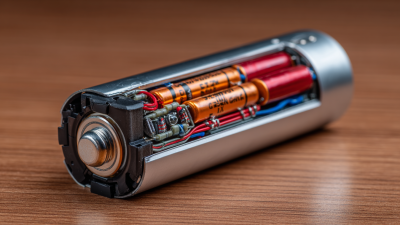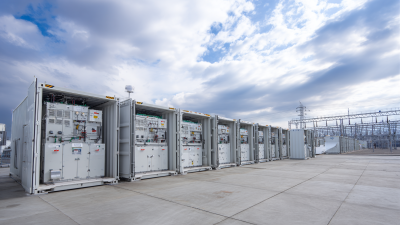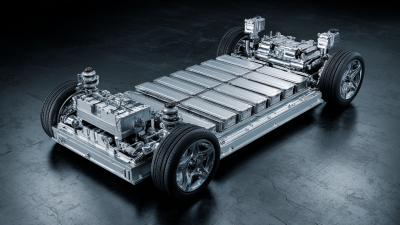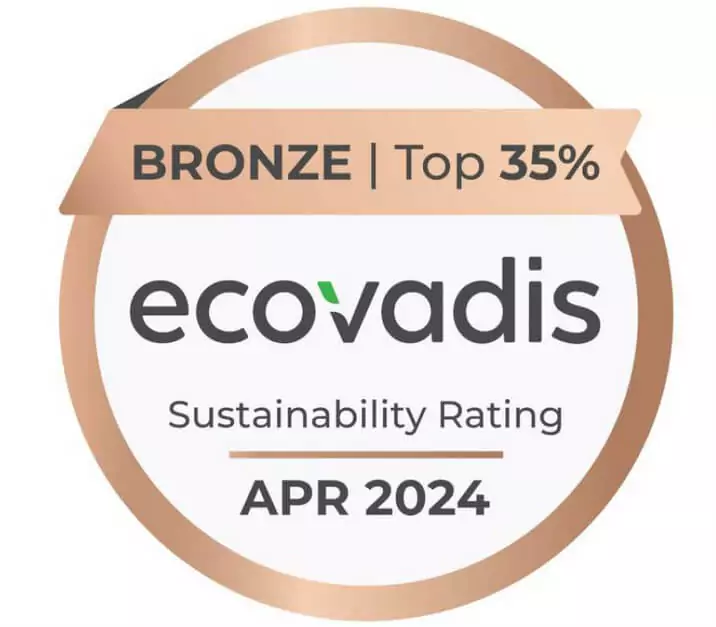What Makes Lithium Batteries Essential in Modern Technology
In today’s rapidly evolving technological landscape, lithium batteries have emerged as a cornerstone of modern innovation, powering devices from smartphones to electric vehicles.
According to a report by the International Energy Agency (IEA), the global demand for lithium-ion batteries is projected to reach 2,000 GWh by 2030, reflecting a staggering annual growth rate of over 30%.
This demand is driven by the rising adoption of renewable energy sources and the increasing emphasis on sustainability. Moreover, a study from BloombergNEF highlights that lithium batteries will account for 70% of the energy storage market by 2040, underscoring their critical role in enabling clean energy transitions.
As we delve deeper into the advantages and innovations of lithium batteries, it becomes clear that their significance extends beyond mere consumer electronics, positioning them as essential facilitators of a greener and more efficient technological future.
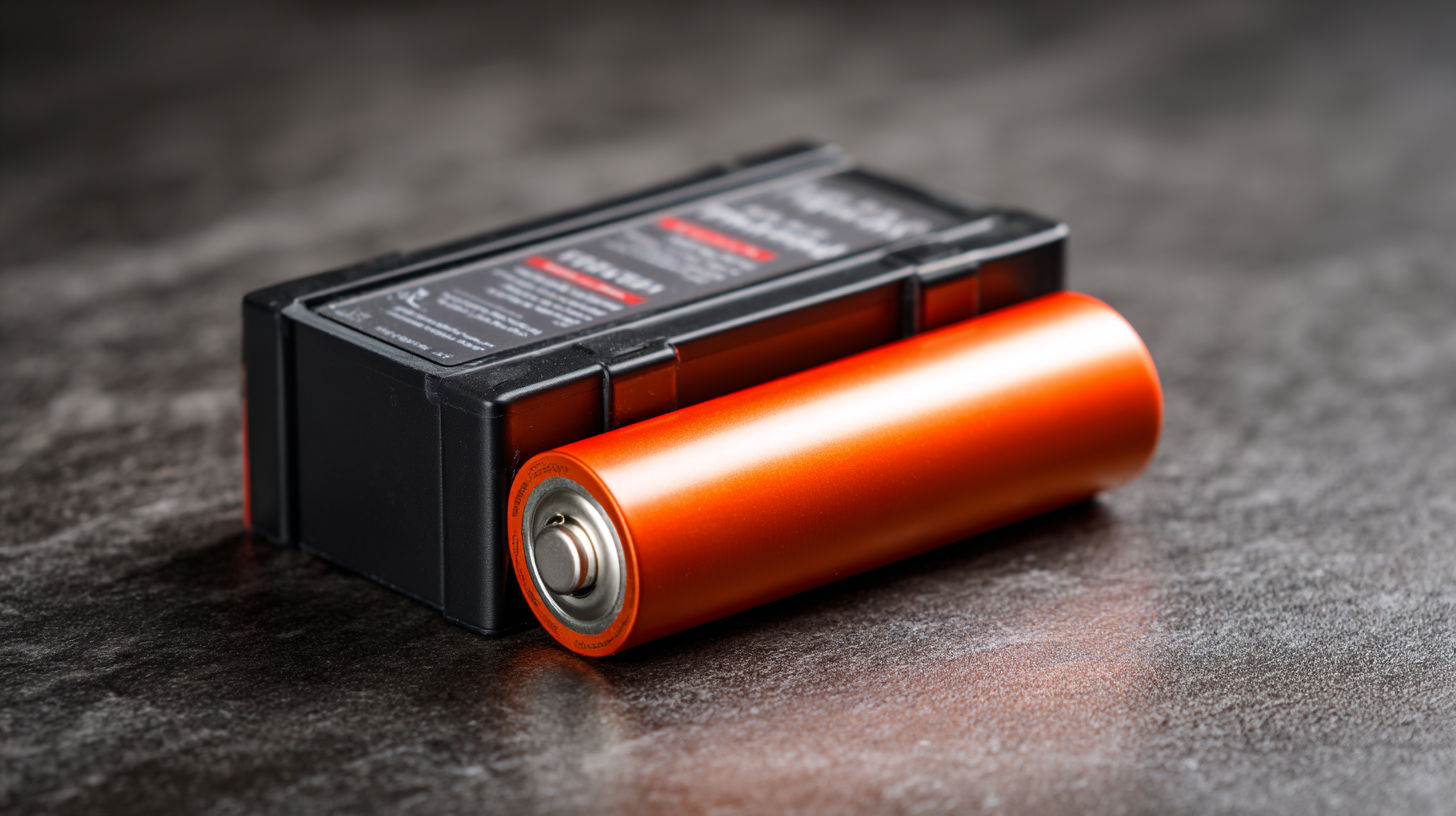
Understanding the Unique Properties of Lithium Batteries for Technology Use
Lithium batteries have become a cornerstone of modern technology due to their unique properties. One of the most significant features of lithium batteries is their high energy density—approximately 150-250 Wh/kg, which is considerably higher than that of traditional nickel-cadmium or lead-acid batteries. This allows devices to operate longer on a single charge, making lithium batteries ideal for portable electronics, electric vehicles, and renewable energy storage. According to a recent report by the International Energy Agency, the demand for lithium-ion batteries is projected to grow by over 30% annually through 2025, driven primarily by the rapid expansion of electric vehicle markets.
In addition to their energy density, lithium batteries have a favorable weight-to-power ratio, making them lighter and more efficient for various applications. Their long cycle life, typically over 2000 charge-discharge cycles, ensures durability and longevity, significantly reducing the need for frequent replacements. Moreover, lithium batteries exhibit low self-discharge rates, typically around 5% per month, which keeps devices functional longer when not in use.
**Tips:** When choosing lithium batteries for your projects, consider matching the battery specifications with the requirements of your device to optimize performance. Additionally, be mindful of temperature ranges; lithium batteries generally perform best in moderate temperatures (20-25°C) to avoid overheating and degradation. Lastly, always follow proper recycling protocols to minimize environmental impact once your battery reaches the end of its lifecycle.

Exploring the Role of Lithium Batteries in Renewable Energy Solutions
Lithium batteries have become a cornerstone in the global transition towards renewable energy solutions. With the increasing adoption of solar and wind power, efficient energy storage is crucial to address the intermittency of these resources. According to a report by the International Energy Agency (IEA), energy storage capacity deployments are expected to reach 700 gigawatt-hours (GWh) by 2030, with lithium-ion batteries accounting for a significant portion of this growth. Their ability to store energy generated during peak production times for later use makes them indispensable in balancing supply and demand, ultimately optimizing the utilization of renewable energy sources.
Furthermore, the pricing dynamics of lithium batteries are crucial for the advancement of electric vehicles (EVs) and renewable energy systems. A study from BloombergNEF forecasts that the cost of lithium-ion batteries will continue to decline, potentially falling below $100 per kilowatt-hour by 2024. This reduction in costs, alongside improvements in battery technology, is expected to boost the competitiveness of renewables in the energy market. With industries increasingly relying on lithium batteries for grid stabilization and energy storage solutions, these innovations not only support the fight against climate change but also drive economic growth and job creation across the energy sector.
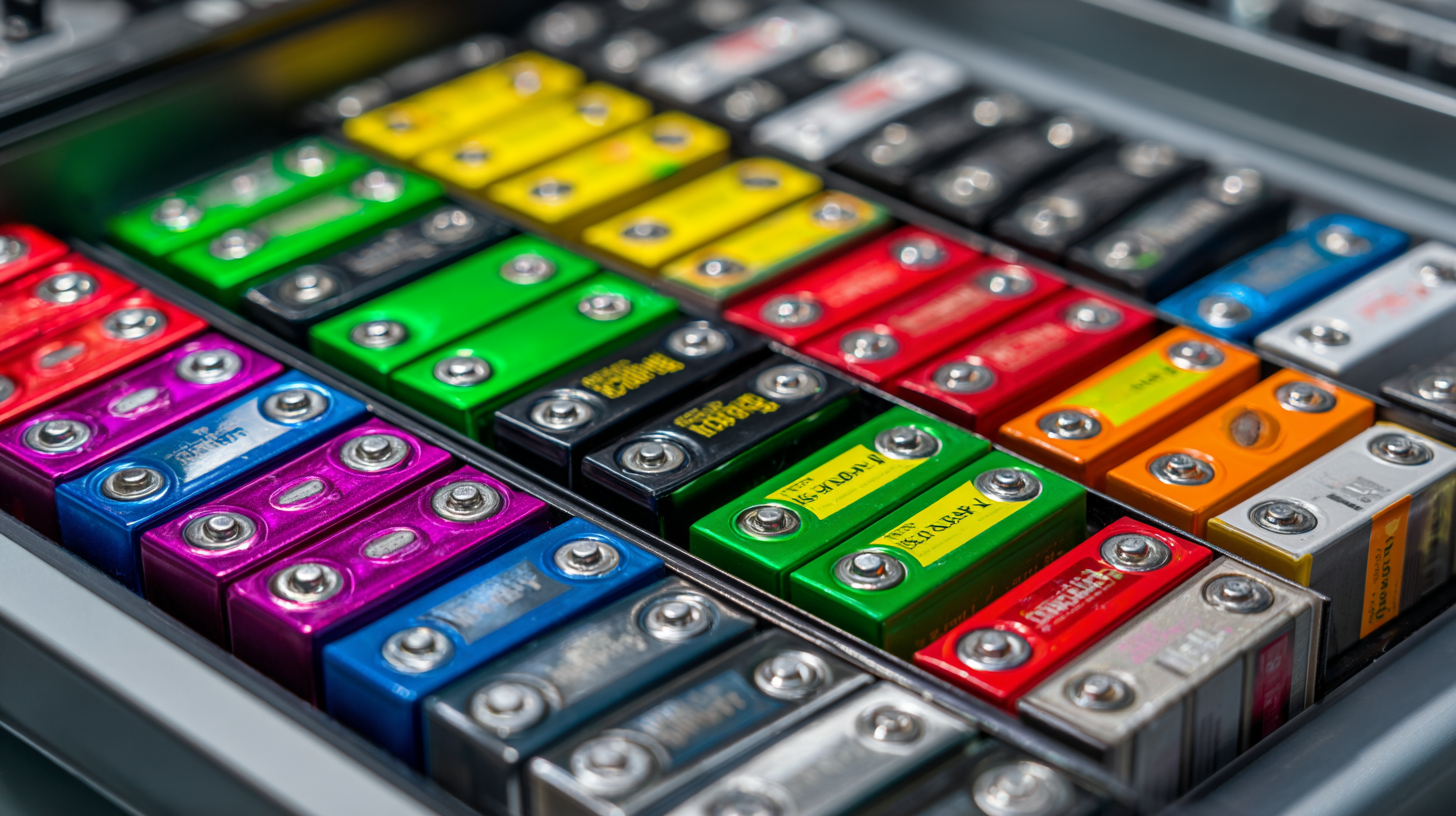
How Lithium Batteries Enhance the Performance of Electric Vehicles
Lithium batteries play a crucial role in enhancing the performance and efficiency of electric vehicles (EVs), driving the shift towards greener transportation. A report by the International Energy Agency (IEA) indicates that global EV sales reached 6.6 million units in 2021, marking a remarkable 108% increase from the previous year. The energy density of lithium-ion batteries has significantly improved, with current technologies offering up to 250 Wh/kg, which allows EVs to achieve longer ranges on a single charge, typically between 300 to 500 kilometers.
Moreover, the rapid advancement in lithium battery technology continues to propel EV adoption, as manufacturers strive to reduce charging times and enhance overall vehicle performance. According to a study by BloombergNEF, by 2030, lithium-ion batteries are expected to account for 90% of the battery market, driven by their lightweight nature and superior cycle stability, which can exceed 2,000 charge cycles. This development not only supports the growing demand for electric vehicles but also aligns with global efforts toward reducing greenhouse gas emissions in the transportation sector. As battery technology evolves, it is clear that lithium batteries are at the forefront of revolutionizing the automotive industry.
The Impact of Lithium Battery Innovation on Consumer Electronics
The drive for innovation in lithium battery technology has revolutionized consumer electronics, leading to more efficient and powerful devices. According to a recent report by Grand View Research, the global lithium-ion battery market is expected to reach $129.3 billion by 2027, growing at a CAGR of 17.9%. This surge is largely fueled by the increasing demand for portable electronics, such as smartphones, laptops, and tablets, which necessitate lightweight and high-capacity batteries. As manufacturers continue to enhance battery energy density and charge cycles, consumers benefit from longer-lasting products that enhance their daily lives.
Moreover, the integration of lithium batteries into electric vehicles (EVs) illustrates their profound impact beyond just electronic gadgets. An IEA report indicates that the global electric car stock surpassed 10 million units in 2020, predominantly powered by lithium-ion batteries. This growth trajectory not only showcases the rising popularity of EVs but also emphasizes the pivotal role of battery technology in reducing carbon emissions and promoting sustainable energy solutions. As innovation continues, lithium batteries will remain at the forefront, driving advancements in consumer electronics and sustainable technologies alike.
What Makes Lithium Batteries Essential in Modern Technology
| Dimension |
Value |
| Energy Density (Wh/kg) |
150-250 |
| Cycle Life (cycles) |
500-1500 |
| Charging Time (hours) |
1-3 |
| Cost per kWh ($) |
120-200 |
| Global Market Size (billion $) |
45 |
| Applications |
Smartphones, Laptops, Electric Vehicles, Renewable Energy Storage |
| CO2 Emission Reduction (tonnes/year) |
70 million |
| Innovative Features |
Fast Charging, Longer Lifespan, Higher Efficiency |
Assessing Safety and Sustainability in Lithium Battery Production and Disposal
The production and disposal of lithium batteries are increasingly under scrutiny as more stakeholders recognize their potential environmental impact. Current estimates indicate that over 580,000 tons of retired batteries in China remain unprocessed, leading to significant safety hazards and environmental risks. The lack of a structured market for managing these retired batteries highlights the urgent need for enhanced safety protocols and effective recycling methods. The introduction of stricter regulations, such as the proposed management guidelines for lithium-ion battery recycling in electric bicycles, reflects a growing commitment to sustainability in this critical sector.
Moreover, advancements in battery recycling technology are making strides in addressing these challenges. With the development of a one-step battery recycling process that significantly boosts recovery efficiency, industries are moving toward a circular economy model. The transition to next-generation energy storage batteries will rely heavily on such innovations, reducing waste and mitigating environmental hazards. As global demand for electric vehicles continues to soar, striking a balance between the growth of lithium battery production and responsible disposal practices will be essential in shaping a sustainable future.





